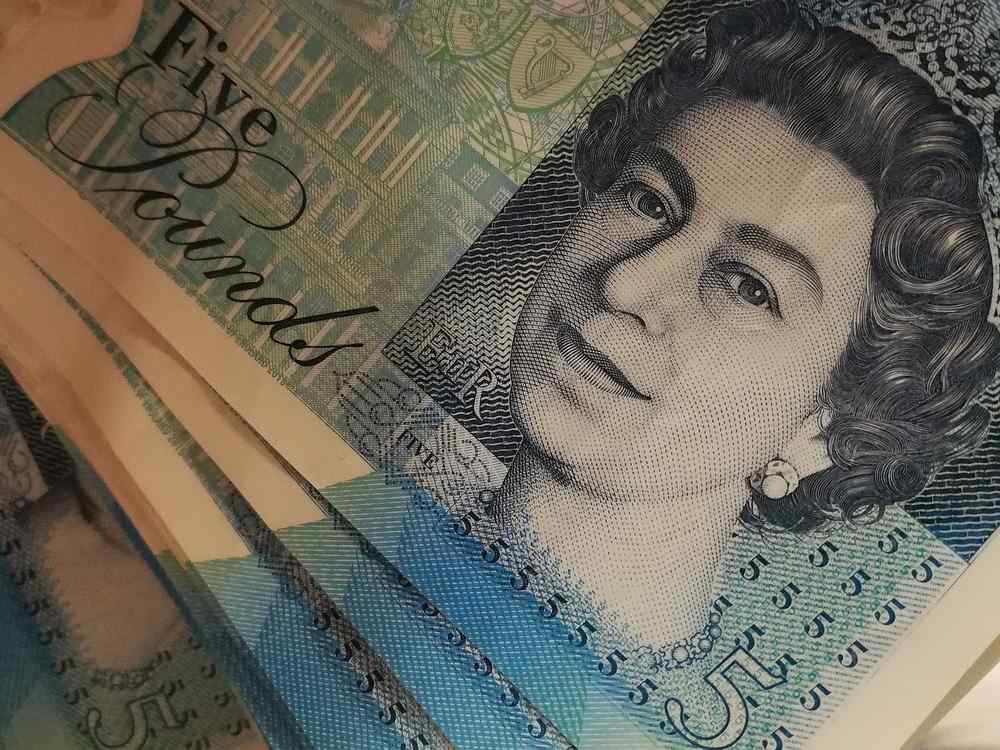We have seen inflation rising in the UK in the past few months. The expectation is that the UK’s inflation will continue.
Market prices are growing at their highest pace since March 2020, when the pandemic began, when they jumped to 1.5 percent from 0.7 percent in March.
According to the Office for National Statistics, the dramatic rise was largely due to a surge in prices from low levels at the onset of the pandemic a year ago.
Higher oil prices have forced up gasoline prices, according to the study.
When oil prices rise, you should expect the price of gas to rise as well. Over time, a $10 raise in oil prices leads to a $0.25 increase in petrol prices. Three forces influence gas and underlying oil prices: supply and demand, commodity brokers, and the valuation of the dollar.
The ONS reports that UK’s inflation increased after lockout controls were lifted and stores reopened on April 12th. Clothing and footwear costs increased in March, after an unexpected drop in February.
Meanwhile, gas and energy rates have risen sharply after a raise in the default tariff ceiling, relative to a cut a year ago.
As lockdown controls relaxed and the economy reopened, PwC economist Hannah Audino predicted that inflation would increase further, enabling customers to “unleash some of their excess savings.”
“New survey data shows that, as the vaccine rollout raises optimism, the share of households planning to invest some of their savings has risen in recent months,” she said.
Economists have expected an increase in UK’s inflation in April, but there are fears that high inflation this year as the global economy recovers from the pandemic would force central banks to lift interest rates.
As the pandemic is affecting most economic sectors, we must wait for the global health situation to stabilize to see how inflation rates will be affected.


